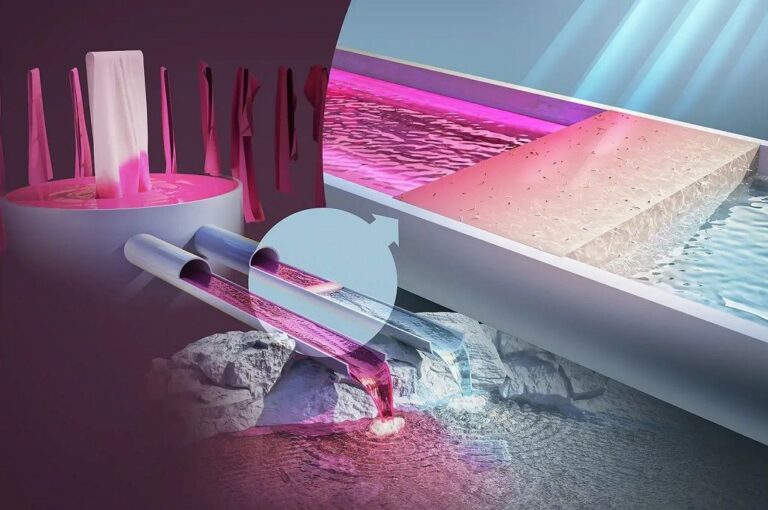
[ad_1]
The researchers have built up solid knowledge about cellulose nanocrystals—and this is where the key to water purification lies. These tiny nanoparticles have a high adsorption capacity, which the researchers have now found a way to utilise, Chalmers University said on its website.
Sweden and India’s researchers have developed a cellulose-based material that can purify contaminated water without requiring pressure or heat, using sunlight to catalyse the process. The method has shown promise in filtering out toxic dyes from textile industry wastewater. Laboratory tests have demonstrated the removal of over 80 per cent of dye pollutants.
“We have now created a biobased material, a form of cellulose powder with excellent purification properties that we can adapt and modify depending on the types of pollutants to be removed,” said Gunnar Westman, associate professor of organic chemistry at Chalmers University of Technology. Westman leads the research group that is part of the Wallenberg Wood Science Center.
The new research study showed how toxic dyes can be filtered out of wastewater using the method and material developed by the group. The treatment required neither pressure nor heat, and used sunlight to catalyse the process. Westman likened the method to pouring raspberry juice into a glass with grains of rice, which soak up the juice to make the water transparent again.
India is one of the developing countries in Asia with extensive textile production, where large amounts of dyes are released into lakes, rivers, and streams every year.
Conducting field studies in India is an important next step, and the Chalmers researchers are now supporting their Indian colleagues in their efforts to get some of the country’s small-scale industries to test the method in reality. So far, laboratory tests with industrial water have shown that more than 80 per cent of the dye pollutants are removed with the new method, and Westman sees good opportunities to further increase the degree of purification.
“Going from discharging completely untreated water to removing 80 per cent of the pollutants is a huge improvement, and means significantly less destruction of nature and harm to humans,” said Westman.
Westman also sees great opportunities to use cellulose nanocrystals for the treatment of other water pollutants than dyes.
Fibre2Fashion News Desk (NB)
[ad_2]
Source link